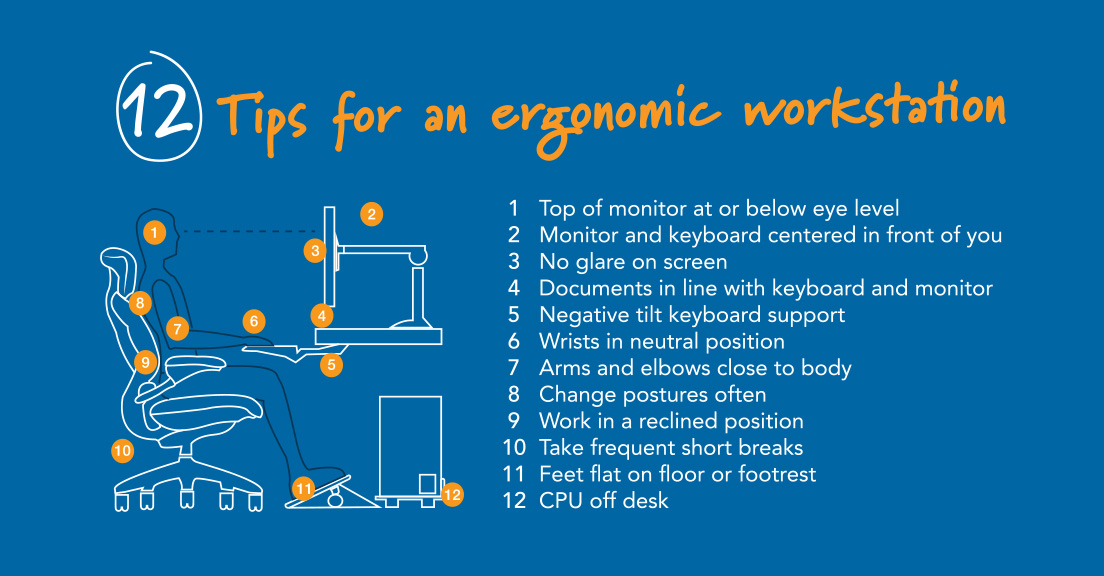

Every October, organizations and professionals across the United States observe National Ergonomics Month—a time dedicated to raising awareness about the importance of ergonomics in creating safe, comfortable, and productive work environments. Whether you're working at a desk, on an assembly line, or remotely from home, ergonomics plays a vital role in your physical health, job satisfaction, and long-term well-being.
What Is Ergonomics?
At its core, ergonomics is the science of designing and arranging workplaces, products, and systems to fit the people who use them. It's about optimizing environments to reduce discomfort, prevent injury, and boost efficiency rather than forcing the worker to adapt to the environment.
In practical terms, this means everything from adjusting desk height and monitor placement, to choosing the right tools and equipment for specific tasks.
Why Is Ergonomics Important in the Workplace?
1. Reduces Workplace Injuries
Poor ergonomics is a leading cause of musculoskeletal disorders (MSDs)—injuries that affect muscles, nerves, tendons, and joints. These often develop over time due to repetitive motion, poor posture, or awkward movements. Back pain, carpal tunnel syndrome, and neck strain are common examples.
Implementing ergonomic solutions helps reduce the risk of these injuries, cutting down on lost workdays, worker’s compensation claims, and healthcare costs.
2. Increases Productivity
Comfortable employees are more focused and efficient. When workspaces are tailored to human needs, workers can complete tasks with greater speed and accuracy, without the fatigue and distractions caused by discomfort.
3. Improves Employee Satisfaction and Retention
Employees who feel their well-being is valued are more likely to stay engaged and loyal. A workplace that invests in ergonomics sends a clear message: We care about our people.
4. Supports Remote and Hybrid Work Models
With remote and hybrid work becoming the norm, many employees are working in home setups that lack proper ergonomic design. National Ergonomics Month is a great opportunity to educate and equip remote workers with the knowledge and tools they need to work safely from anywhere.
How to Celebrate National Ergonomics Month
Here are a few ways organizations can recognize this month and promote healthier workplaces:
-
Offer ergonomic assessments for both in-office and remote employees.
-
Host training sessions or webinars on posture, stretching, and workstation setup.
-
Share tips and resources via internal newsletters or company blogs.
-
Invest in ergonomic equipment like adjustable chairs, standing desks, or monitor risers.
-
Encourage regular breaks and movement to reduce strain from prolonged sitting or repetitive tasks.
National Ergonomics Month is more than a health initiative—it's a reminder that the human element should always be at the center of workplace design. By prioritizing ergonomics, organizations can create environments where employees feel comfortable, supported, and empowered to do their best work.
This October, take a moment to evaluate your workspace. Blaisdell's offers onsite and virtual ergonomic assessments by our trained COEE, CEAS I specialist. A few small changes could lead to big improvements in how you feel and function each and every day.


